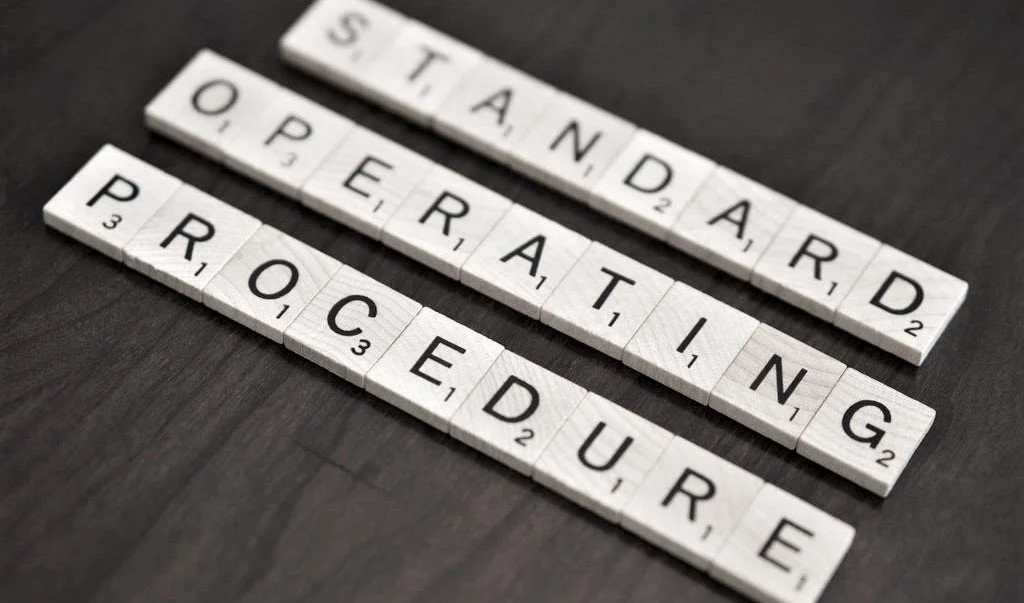Watch this webinar where you will learn a simple yet effective structure for your SOPs and how to develop an effective one.
I am one of the luckiest people in the exploration industry because I get to visit the drilling operations of a number of contractors in a variety of countries. I get to see shallow diamond core operations, deep coring operations, dual-tube reverse circulation and rotary percussion operations.
The Oxford English dictionary defines a standard operating procedure (SOP) as: “A series of actions conducted in a certain order or manner”.
I can hear many people muttering that all these standard operating procedures (SOPs) are just making more work for the already overworked contractors and they are not necessary – “our guys know what to do”.
A standard operating procedure (SOP) is essentially made up of two parts: the front end: which will include detail about the purpose of the SOP, applicable legislation etc.; the body: which details the tasks, the hazards and the actual steps to be followed.
The very first step is to clearly define the scope of the SOP, for example; “Tripping the drillstring using the main hoist on an Atlas Copco CS14 drill rig” or “Tripping the drillstring using the main hoist on a Sandvik DE710 drill rig”.
Over many years of doing safety audits on drilling operations, I frequently come across the same mistakes on site - missing SOPs.









If you missed our webinar on “How to develop an effective SOP”, here is a quick infographic to summarise what you missed. Sign up to DrillSafe to receive updates on when this webinar will be happening again.